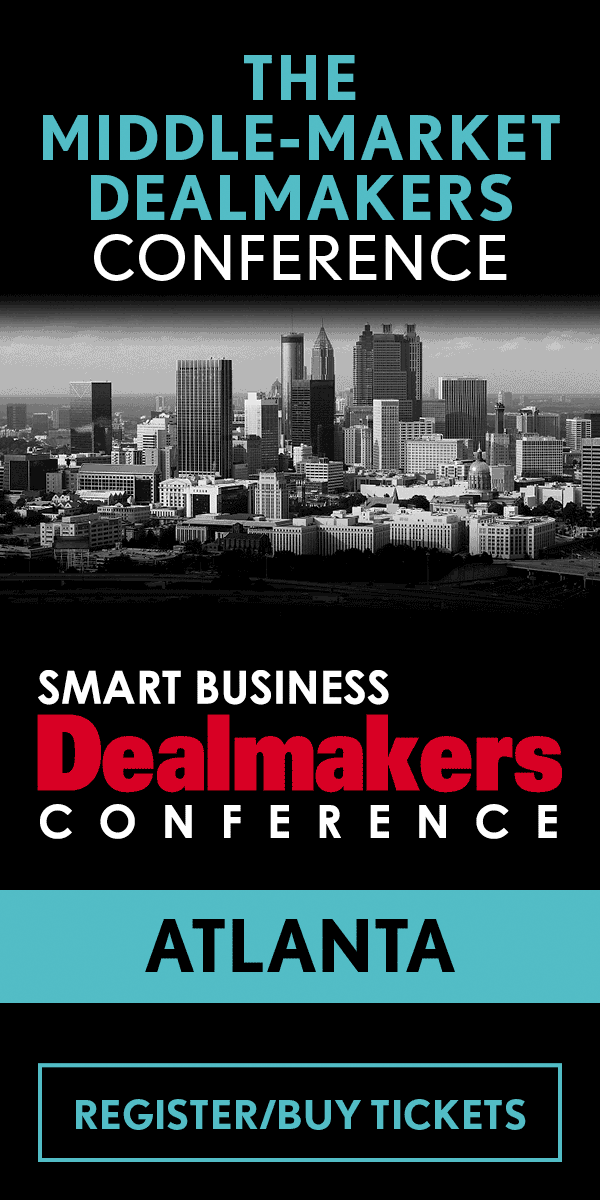Those who are going to make an acquisition really need to study and determine what they want to acquire and why. While that's largely because the cost of companies has increased, says MERK Capital Corp. Senior Managing Director Thomas Parro there are many other factors that go into a deal. And the one factor that could be the biggest deal risk is culture.
"You can close manufacturing plants, you can consolidate warehouses and everything else like that, but integrating the cultures, whether that be international or domestic, integrating the sales team, integrating the accounting teams, whatever, there's different perspectives, and you have to have really good, strong leadership within each one of those elements in order to do it effectively," Parro told attendees at the Chicago Smart Business Dealmakers Conference. "And it's not easy, because you might have somebody that you've been working with in your existing organization, but you make an acquisition and the salesperson for the other acquisition that you make is much more qualified. So, you have to make that decision on who's going to be that leader. And those are the challenges that you face when you make an integration from that standpoint."
Because of the high multiples that some business can command, when integrating a business, it has to be a combination of sales growth and what can be gotten out of it, but it also has to include some cost savings.
"Because of the multiples that you're paying, you just can't count on making six acquisitions, slap them together, and hopefully buy them at an eight multiple and sell it at 10 multiple, because now you've got a business that's doing EBITDA of $20 million, and before it was $10 million," he says. "That model doesn't work. You really have to go in and strategically think, what makes sense with this acquisition? What can I get out of it? Can I get additional markets from a sales standpoint, or a additional product lines, or can I get consolidation of manufacturing capabilities on top of being able to sell into the marketplace. That's a key component. And it's not easy to do both. But that's what you really have to look at when you're buying companies at a multiple that you're buying it today. The arbitrage model of just doubling in size doesn't really work."
In cases where target companies have seen increases in profitability due to inflationary price increases, that concerns him as a buyer. So, he says what they've been doing lately is tying the earn out to the company sustaining those levels of profitability.
"You're going to get it through an earn out as opposed to just saying, the business is going to grow 10 percent over the next couple of years and you get a portion of the earn out," Parro says. "So, that's a little bit different twist because those are the businesses that are, like I said, lumber and steel are commodity driven, and inflation with some margin has been driving a lot of profitability in the businesses. We've gotten comfortable by presenting that to the owner and positioning it as, if you believe that you're going to continue to have, not necessarily inflationary pricing, but at least maintain the pricing that you've been able to get over the last couple of years because of inflation, then we'll pay for that."
In that same vein, he says it's important to be selective in who to approach.
"It's got to be the right cultural fit," he says. "If it's an entrepreneurial individual who's going to stay on board with the company, because he still has value, you got to make sure that he's going to fit into the organization. And that takes a lot of communication with the owner because their expectations are they're still entrepreneurial individuals and they are going to be able to run the company the way they want. But they have to adhere to whatever strategy or whatever integration plan we have and we want to implement."




